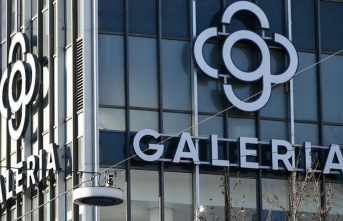The history of the Euribor goes back to the last bars of the last century. It has moved in its entire life between more than 5% and less than -0.5% and in this June 2022 it is experiencing an unprecedented situation: the index to which most mortgages in Spain are referenced suffers so far June the largest monthly rise in its history.
The month of May ended with a monthly average of 0.287%, when a month before it was 0.013% and at the end of 2021 it was -0.5. The increase in the Euribor has accentuated even more in this June. So far this month, the monthly average is already slightly above 0.6%, which represents the highest rise in the history of the index.
And going to the detail of the daily Euribor, this has climbed to 0.95%.
The index aims to return to 1% sooner rather than later and exceed it, if it continues at this rate, next month, with the consequent effect on mortgage payments. Thus, the mortgaged will suffer increases in what they must pay to repay their loans, and precisely about the increase in the financial cost for families is something that the Bank of Spain has already warned about.
With these data, the rise forecasts that were recorded even for the year as a whole are becoming obsolete. The Funcas panel, which brings together the main analysts, predicted for the second quarter of 2022 that the index would stand at 0.19%.
Experts predicted that it would be around 0.6% at the end of the fourth quarter, but this has already happened this June. And the 1% environment is not expected by the consensus until the third quarter of 2023, but the rally it is experiencing means that the forecasts fall short every day.
The scenario posed by the Euribor means that banks have changed their business strategy with mortgages for months. Since February-March, most of the entities are already betting on the variable rate.
The banks predict that the index will continue to rise, and more so taking into account the rate hike by the European Central Bank (ECB). That is why they have varied their offer of mortgages from the fixed rate to the variable rate. When the Euribor was negative, they boosted the former and now that it is moving upwards in positive, it is the opposite.
All in all, the sector continues to offer cheap rates for fixed interest given that the Euribor is still below the levels traditionally seen in the first decade of the 2000s.







